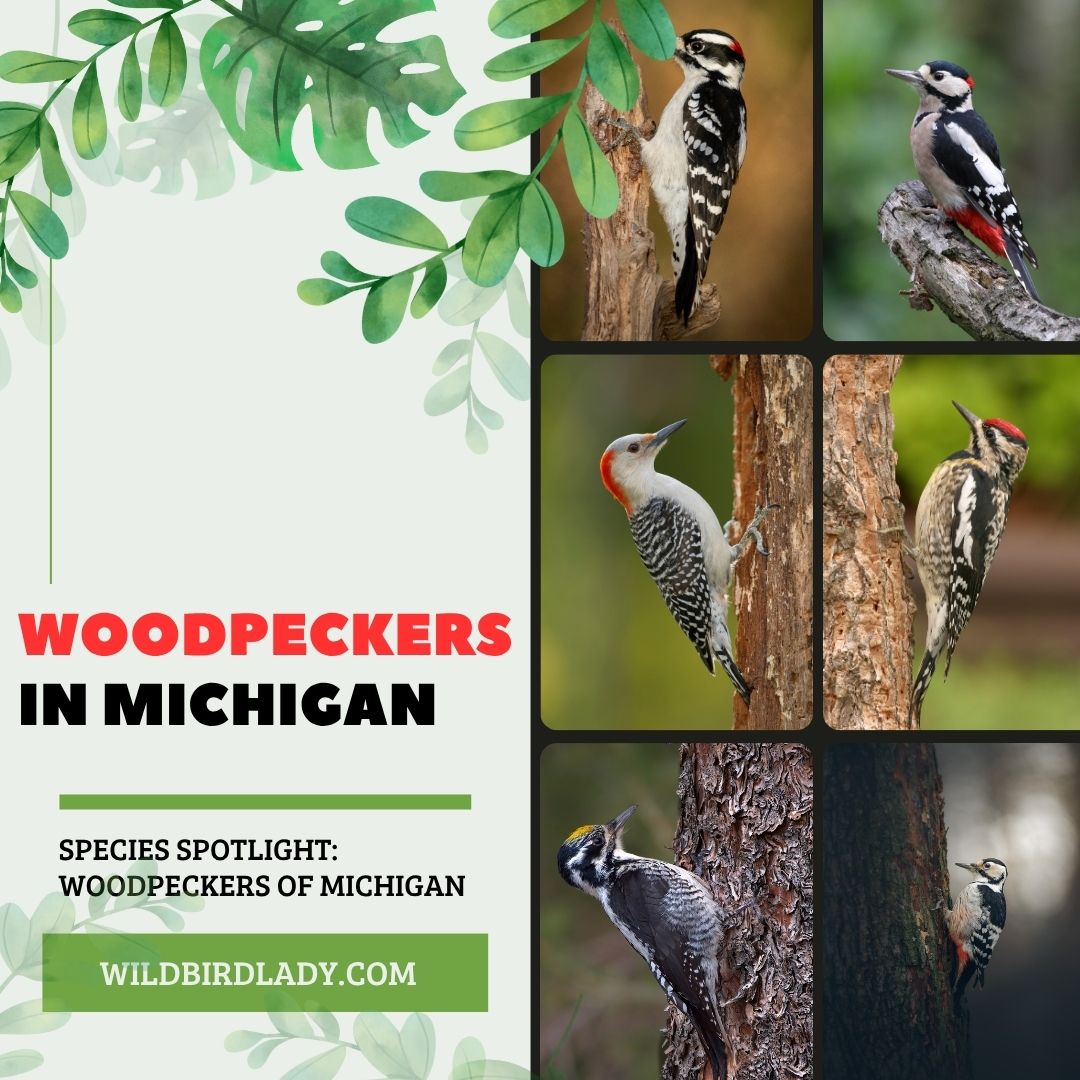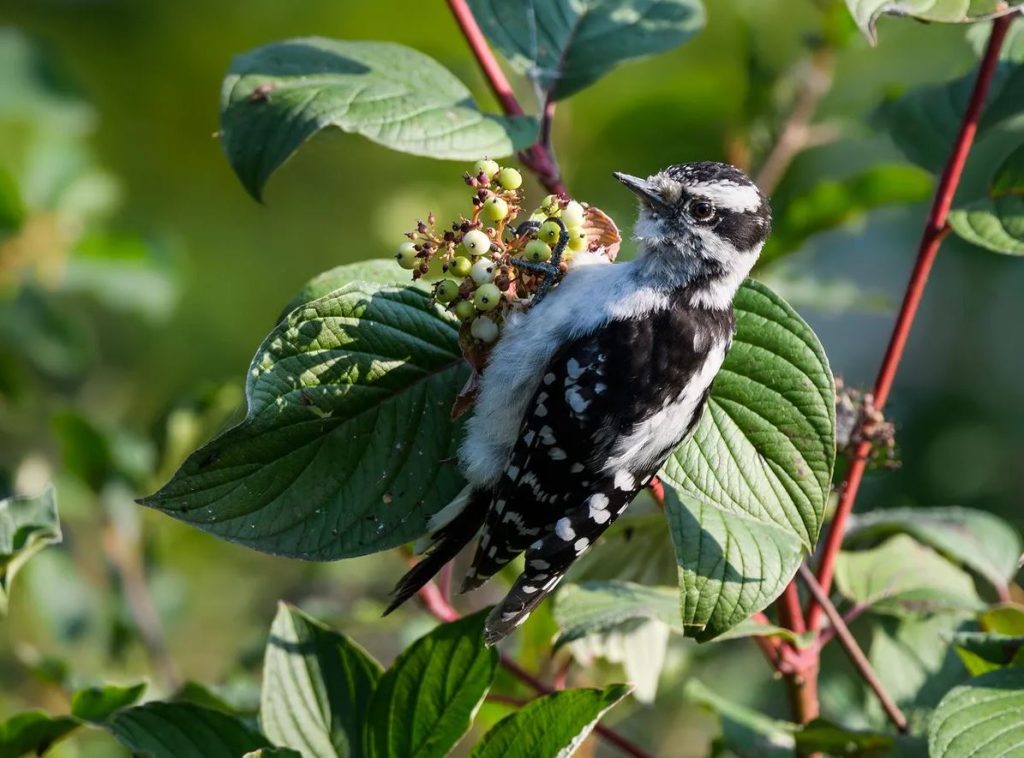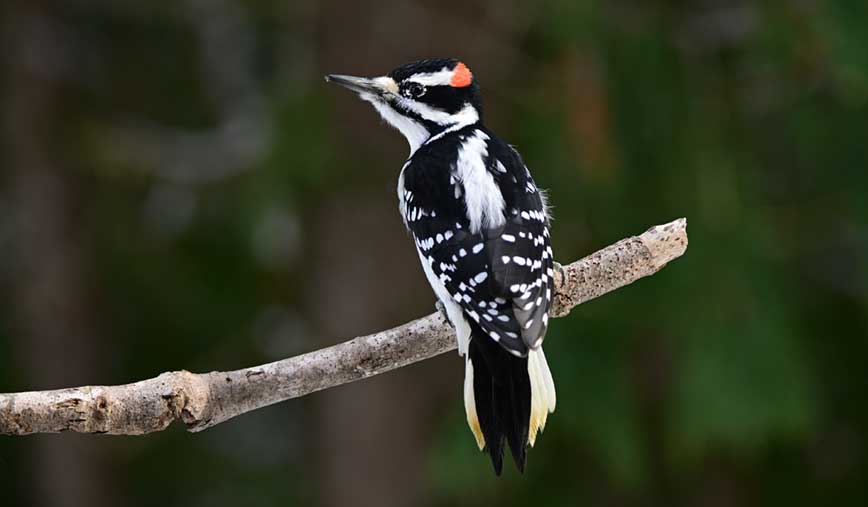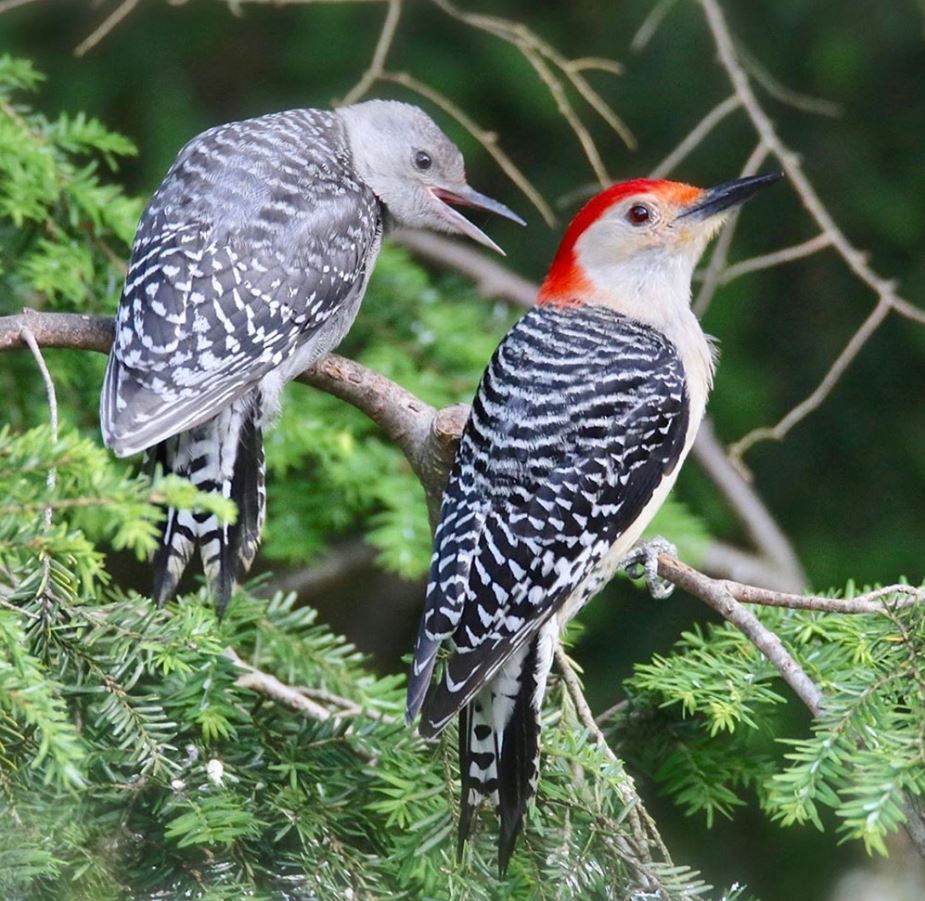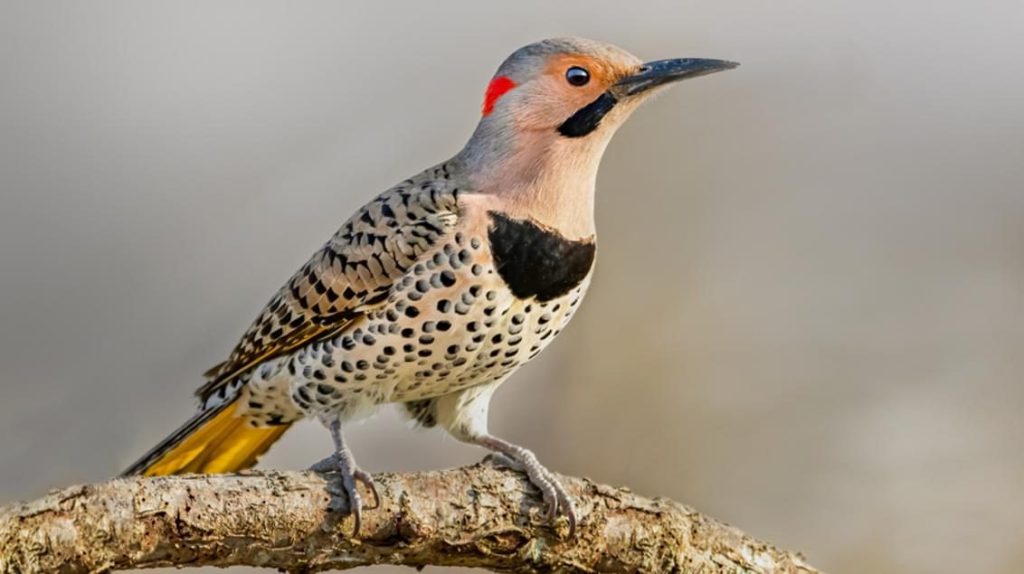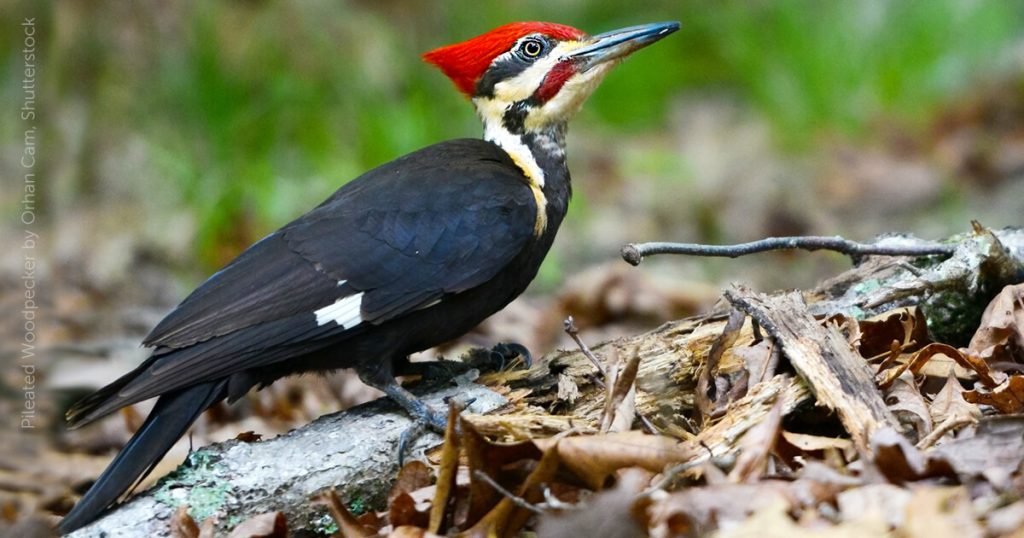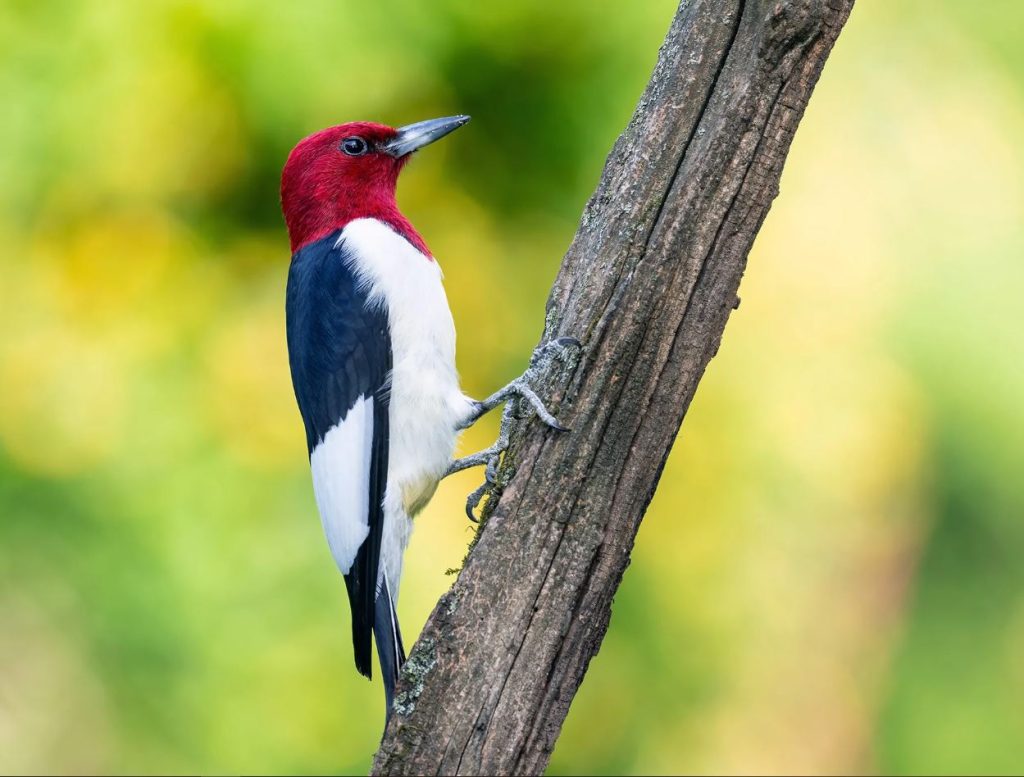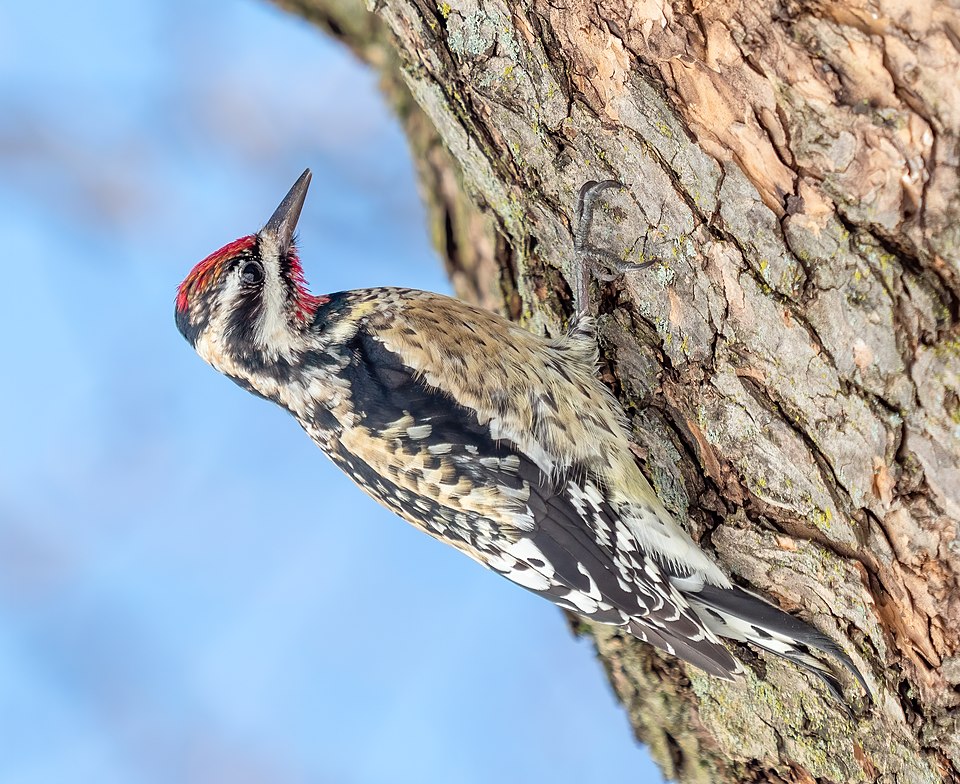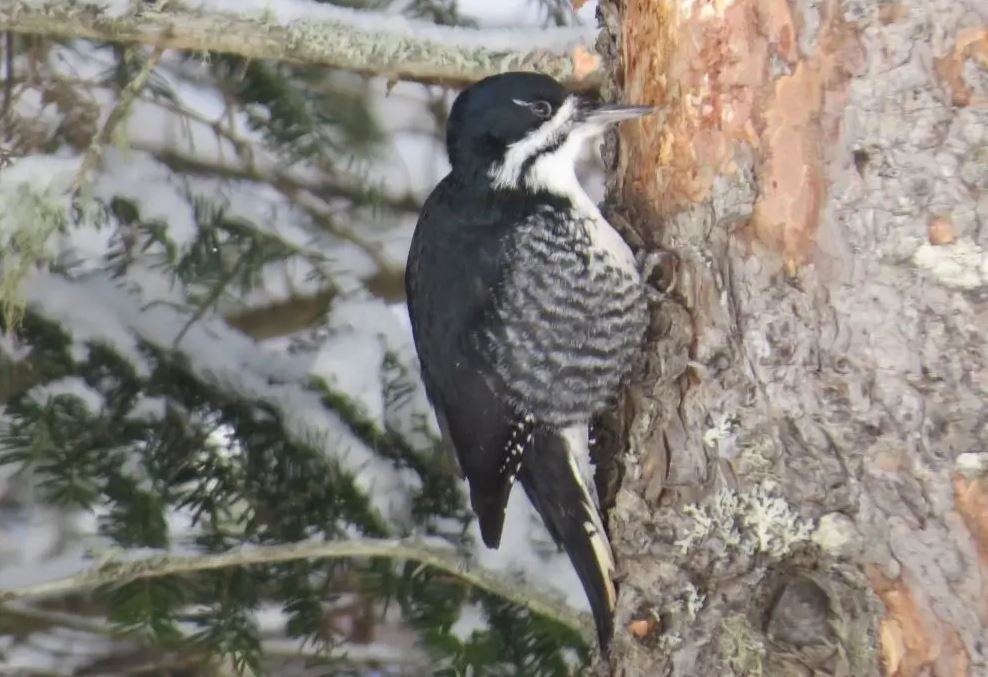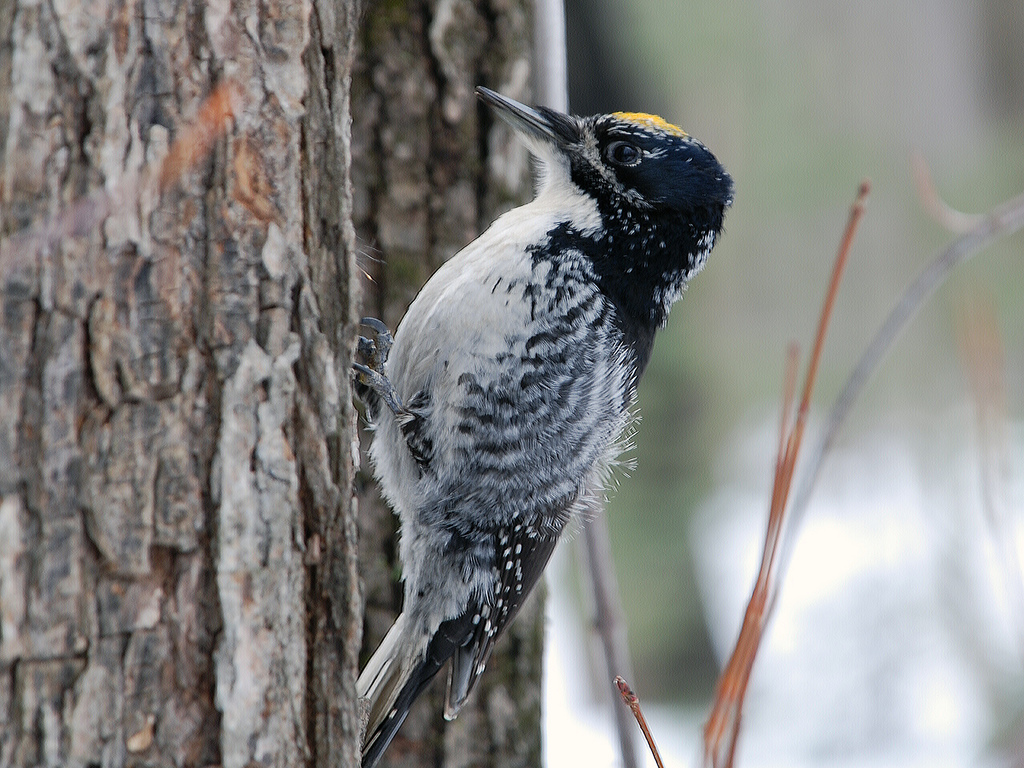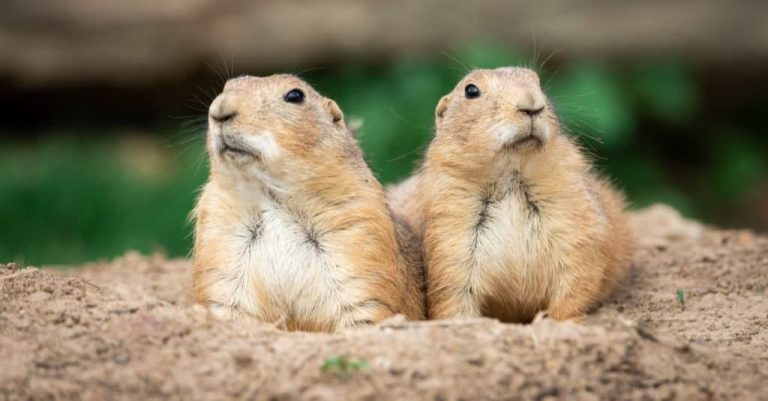Woodpeckers in Michigan: Identification, Sounds & Where to Find Them
Introduction: Michigan’s Forest Percussionists
Amid Michigan’s towering pines, birch groves, and lakeside trails, there’s a sound that speaks to the wild soul of the state—a rhythmic tapping, sometimes gentle, sometimes thunderous. It’s the call of the woodpecker, nature’s percussionist and a bird that plays a vital role in the ecosystem. Whether you’re deep in the Upper Peninsula or strolling a backyard trail in Ann Arbor, the sights and sounds of woodpeckers in Michigan are never far away.
From the elusive Pileated Woodpecker to the tiny Downy, these birds aren’t just visually striking—they’re fascinating to study, easy to recognize once you know their calls, and rewarding to attract to your yard.
In this guide, we’ll help you identify the most common woodpeckers of Michigan, recognize their sounds, and explore the best places across the Great Lakes State to find them. Let’s get started.
Species Spotlight: Woodpeckers of Michigan
Michigan is home to nine native woodpecker species, with most of them being year-round residents. Each bird adds its unique rhythm, behavior, and ecological role to the state’s diverse landscape.
1. Downy Woodpecker (Dryobates pubescens)
- Size: 5.5–7 inches
- Appearance: Black and white plumage, with a small red patch on the back of the head in males.
Call: A sharp “pik” and descending whinny-like trill.
Where to Find: One of the most common woodpeckers in Michigan—seen in city parks, backyards, and forests statewide.
Behavior: Frequently visits suet feeders and easily spotted on thin branches and twigs.
2. Hairy Woodpecker (Dryobates villosus)
- Size: 9–10 inches
- Appearance: Looks nearly identical to the Downy but is larger with a longer bill.
Call: A loud “peek” and sharp rattle.
Where to Find: Heavily forested areas, especially mature deciduous and mixed woodlands.
Behavior: Less social than Downy, often prefers deeper forest interiors.
3. Red-bellied Woodpecker (Melanerpes carolinus)
- Size: 9–10.5 inches
- Appearance: Pale belly (with faint red wash), bold black and white barred back, and a bright red crown extending from beak to nape in males.
Call: A rolling “churr” and loud “kwirr!”
Where to Find: Common throughout the Lower Peninsula and parts of the Upper Peninsula.
Behavior: Bold and active, often seen darting from tree to feeder.
4. Northern Flicker (Colaptes auratus)
- Size: 11–14 inches
- Appearance: Brownish overall with black spots, a black bib, and a white rump. In Ohio, most are “yellow-shafted” with a red nape crescent.
Call: A loud, ringing “kleer” and series of “wik-wik-wik.”
Where to Find: Open woods, forest edges, and even lawns. Common during migration and summer breeding.
Behavior: Often seen on the ground hunting ants—an unusual trait among woodpeckers.
5. Pileated Woodpecker (Dryocopus pileatus)
- Size: 16–19 inches
- Appearance: Crow-sized with a striking red crest and black-and-white face stripes.
Call: A wild, loud “cuk-cuk-cuk” and deep drumming.
Where to Find: Remote forests in the Upper Peninsula and northern Lower Peninsula.
Behavior: Known for chiseling large rectangular holes in trees.
6. Red-headed Woodpecker (Melanerpes erythrocephalus)
- Size: 7–9 inches
- Appearance: Entirely red head, white belly, and bold black and white wings.
Call: Harsh “tchur” or “queer.”
Where to Find: Open woodlands, savannas, and near wetlands in southern and western Michigan.
Behavior: Declining in some regions. Known for catching insects mid-air and storing food.
7. Yellow-bellied Sapsucker (Sphyrapicus varius)
- Size: 7–8.5 inches
- Appearance: Black-and-white face with red crown; males have a red throat. Yellowish wash on belly.
Call: Nasal “mew” and irregular drumming.
Where to Find: Migrant throughout Michigan; breeds in northern counties.
Behavior: Drills sap wells in rows; feeds on sap and insects.
8. Black-backed Woodpecker (Picoides arcticus)
- Size: 9 inches
- Appearance: Black back, white belly, and a yellow crown on males.
Call: Short “pik” and soft rattle.
Where to Find: Rare. Usually seen in recently burned coniferous forests in the Upper Peninsula.
Behavior: Specializes in feeding on wood-boring beetle larvae.
9. American Three-toed Woodpecker (Picoides dorsalis) (Rare/Occasional)
- Size: 8–9 inches
- Appearance: Similar to Black-backed, but with white spots on back and three toes instead of four.
Call: Soft, nasal “kik” and tapping.
Where to Find: Occasionally spotted in the Upper Peninsula, particularly in spruce and fir forests.
Behavior: Extremely elusive; prefers boreal habitats.
Where to See Woodpeckers in Michigan
Looking to increase your odds of spotting Michigan’s woodpeckers? These locations offer excellent opportunities:
Sleeping Bear Dunes National Lakeshore
- Nesting sites for Northern Flickers, Red-headed, and Pileated Woodpeckers.
- Combination of dunes, forests, and wetlands.
Tahquamenon Falls State Park (Upper Peninsula)
- Old-growth coniferous forests ideal for Pileated and Black-backed Woodpeckers.
- Great for winter birding too.
Kensington Metropark (Southeast Michigan)
- Family-friendly trails with frequent Downy and Hairy sightings.
- Active bird feeders year-round.
Huron-Manistee National Forests
- High diversity of woodpecker species including sapsuckers and flickers.
- Best visited in spring or early summer.
Your Backyard
- Add suet feeders, peanut feeders, and nesting boxes.
- Create snags (standing dead trees) if safe to do so.
Woodpecker Sounds: Recognizing the Rhythms
Understanding woodpecker vocalizations and drumming patterns can greatly enhance your birdwatching skills.
- Drumming: Primarily used for communication and territory marking. Each species has a unique tempo and rhythm.
- Calls: Used to signal alarm, attract mates, or maintain contact.
- Flickers: Particularly vocal, with rolling calls often mistaken for songbirds.
🎧 For reliable recordings, visit Xeno-Canto or Macaulay Library.
How to Attract Woodpeckers in Michigan
Whether you live in Grand Rapids or Marquette, here’s how to turn your space into a woodpecker-friendly habitat:
Habitat
- Retain old trees, logs, and snags whenever safe.
- Plant native trees like oaks, hickories, and aspens.
Food
- Offer suet year-round, especially in winter.
- Peanut butter mixtures, black oil sunflower seeds, and mealworms are also effective.
Nesting
- Nest boxes: Ensure entrance hole size matches your target species.
- Keep boxes clean after each season to avoid disease.
FAQs About Woodpeckers in Michigan
❓ Are woodpeckers protected in Michigan?
Yes, all native species are federally protected under the Migratory Bird Treaty Act.
❓ Which woodpecker has the loudest drumming?
The Pileated Woodpecker produces the loudest and most resonant drumming.
❓ Can I feed woodpeckers in winter?
Absolutely! Suet feeders are especially helpful during cold months.
❓ What’s the difference between Downy and Hairy Woodpeckers?
Size and bill length are key. Hairy is larger with a proportionally longer bill.
❓ What trees do woodpeckers prefer?
Hardwoods like oak, maple, and hickory are favorites. Dead trees are especially important for nesting.
Final Thoughts: Listen Closely—Nature Is Knocking
Woodpeckers in Michigan are more than just birds—they’re storytellers of the forest, drumming life into the trees and echoing across seasons. Whether you’re a casual backyard watcher or an avid birder, these fascinating birds offer endless opportunities to connect with nature.
So grab your binoculars, fill your feeders, and listen closely—the heartbeat of Michigan’s wildlands is tapping on a tree nearby.

